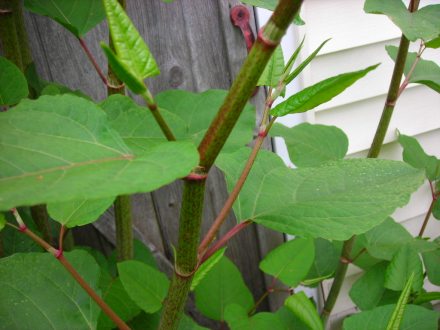The primary function of any home’s eaves are to keep rain water off the walls and to safeguard against water penetration at the junction – where the roof and wall meets. Additionally, metal troughs are added to the eaves’s roofline to provide an exit for any rainwater, these troughs assure water will be directed away from the house’s foundation. Ideally they’re lined up to release into garden beds or pervious walkways, so the water recycles into the earth. That’s an eco conscience choice I’m proud of. It is now mandatory to disconnect downspouts from the City’s sewage system.
A secondary function of eaves, is to act as a passive solar blind and protection for the roof’s ventilation system. Our house has this type of overhang, it nods to the decorative feature often found in early North American Craftsman tradition. It’s one of the details that attracted us to this house.
We had scheduled to install new troughs along our eaves because they were damaged in our house fire. As only our windows and framing are all that is new to the house’s original facade, we choose to colour match the eaves to the windows, which we felt will create a cohesive look.
Our contractor lined up The Tin Man Creative Aluminum and the crew came and custom crafted our troughs onsite. The “commercial brown” colour compliments our stonework and stucco and the whole look is, as defining, as well groomed eyebrows on a handsome face. It’s a well put together look and sure to add valuable curb appeal.
We’re pleased with the professional and non obtrusive nature of the crew and so very grateful the old troughs were taken away. One less thing for us to worry about.
Eavestroughs are a necessary component to a decent house rebuild and good care maintenance plan. Our homes take care of us, we really ought to provide them with good upkeep.




